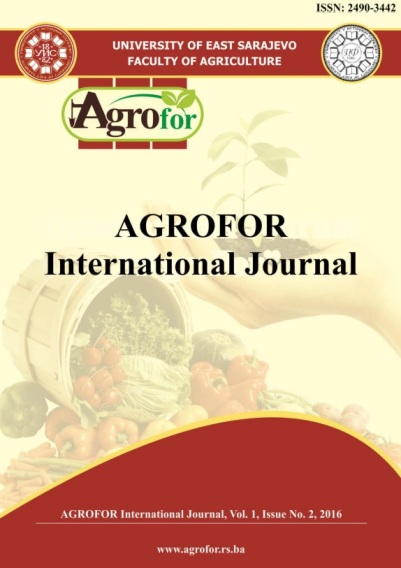URBAN AGRICULTURE AS A PLANNING TOOL FOR ACHIEVING SUSTAINABLE URBAN DEVELOPMENT
DOI:
https://doi.org/10.7251/AGRENG1602061MAbstract
Diminishing population process causes new spatial changes in the urban
environment. Local authorities of depopulated settlements are facing the challenge
of managing the existing urban infrastructure with decreasing consumers and tax
incomes. The question is raised about how to ensure high quality of life of the
remaining residents. According to the United Nations (UN, 2015), Bulgaria will
lose 27.9 % of its population until 2050, as a comparison Japanese population will
decline by 15.1%. The projections lead towards specific changes in urban planning
practices and shift the focus from city development to city shrinkage. Hence, the
implementation of urban agriculture as a tool for creating viable cities and
sustainable local communities could be expected to ensure food security, social
inclusion and employment. The study aim is to propose responses to shrinking
phenomena and to discuss benefits of urban agriculture development for binding
local communities. In order to achieve this aim, three objectives are set: (i) to
identify research and practical experience in the field of urban agriculture in Japan;
(ii) to analyse the Japanese local authorities approach in facing declining and aging
population consequences; and (iii) to discuss its transferability to Bulgarian
planning practice. Started in 2010 in Kashiwa city, Japan, Kashiniwa program is
innovative local governance system for tackling vacant lots in shrinking cities. The
case study method was chosen for researching the planning approaches developed
and implemented in Japan, such as urban agricultural planning method for
establishing and maintaining green open spaces and building sustainable local
community.

